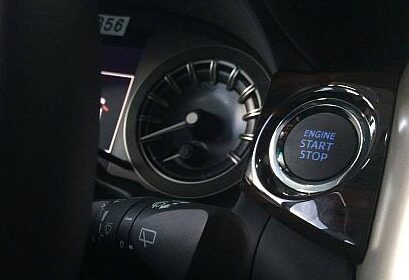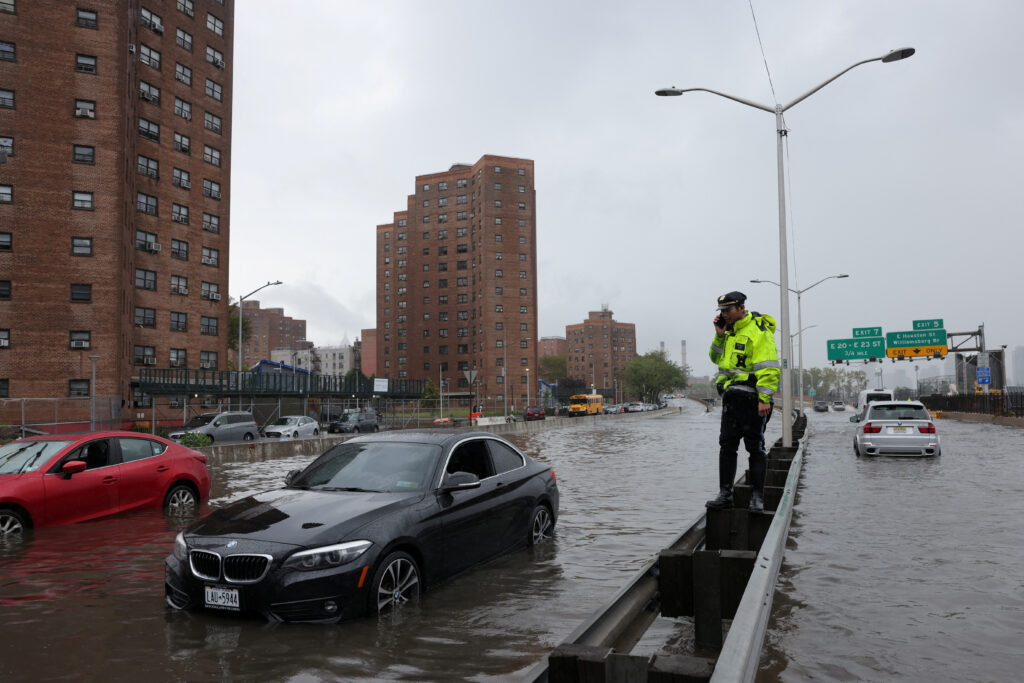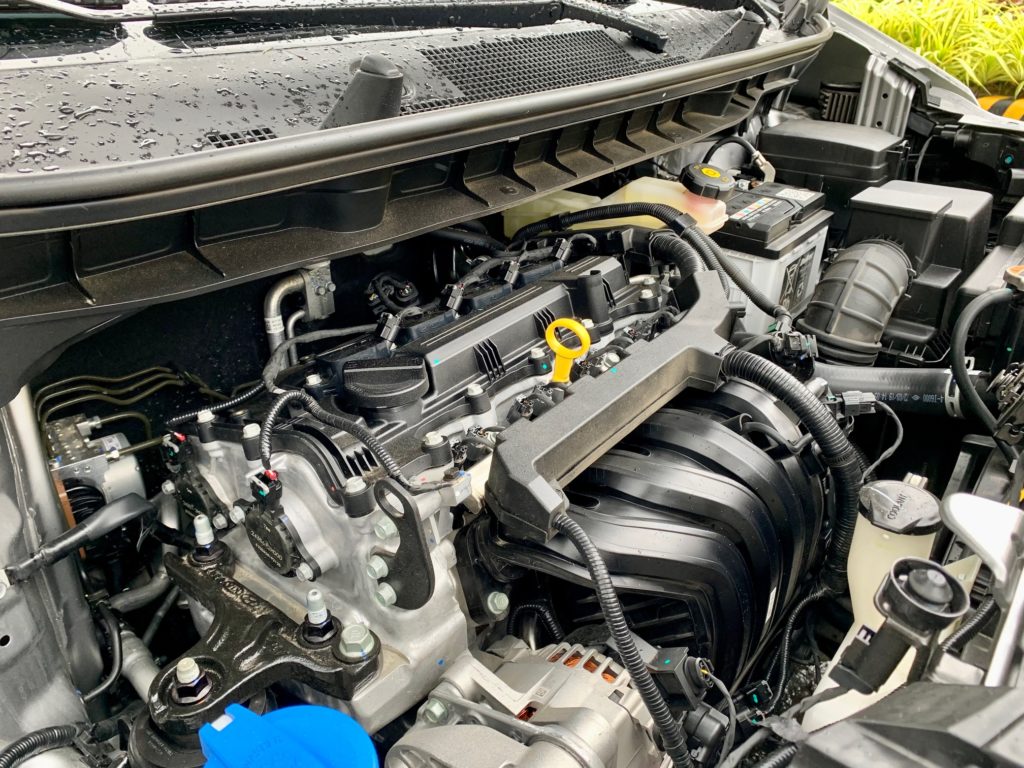
Cars are submerged in flood waters following heavy rains brought by Typhoon Carina and the southwest monsoon on Wednesday, July 24. | Mikey Corleone / Facebook via Inquirer.net
Floods are a common occurrence in the Philippines, especially during the rainy season.
Sometimes, when flooding happens, our vehicles also become victims.
So if your car gets caught in a flood, it’s best to take immediate action to minimize damage and ensure safety.
READ MORE:
Preparing your vehicles for the rainy season
LIVE UPDATES: Super Typhoon Carina
Here are 5 things you should do if your car gets flooded.

CDN file photo
Do not attempt to start the engine
Don’t try to start your car’s engine if it is a victim of flooding.
Turning the key when water is in the engine could cause further damage, rendering your car unusable.
Starting the engine can cause severe damage to the engine and electrical systems. Instead, disconnect the battery to prevent electrical short circuit and potential fires.

file photo
Evaluate the car’s damage
If the floodwaters were more than a few feet deep, you should check your car for water damage as soon as it’s safe to do so.
First, try checking how deep did the car get submerged by looking at the water line left by mud and debris.
Take note of the water level and which parts of the car were submerged. If water reached the engine, transmission, or electrical components, it’s best to call a professional for a more thorough inspection.
Start cleaning
As soon as the it’s safe to go to your car, begin the drying process. Drying the interior quickly will help prevent molds.
A wet/dry vacuum will be helpful as it can remove standing water from the interior. Open all the doors and windows to help ventilate the car and speed up the drying process.
If the seats and carpets are soaked, consider removing them for thorough drying.
Note that you’ll probably need to replace some interior components that were immersed in flood water.

File photo
Check fluids
Check all the vehicle’s fluids for signs of water contamination. Milky or diluted oil, transmission fluid, and brake fluid indicate water contamination. This requires immediate replacement.
Do not attempt to start the car until these fluids have been checked and changed if necessary.
If there are signs of water contamination, it is best to have your vehicle towed to a shop that can remove the water from the engine.
File an insurance claim
Contact your insurance company to report that your car was flooded.
Remember that you’ll have to provide detailed information about the extent of the damage of the flooded car.
Comprehensive insurance policies often cover flood damage, so check your coverage and file a claim as soon as possible.

